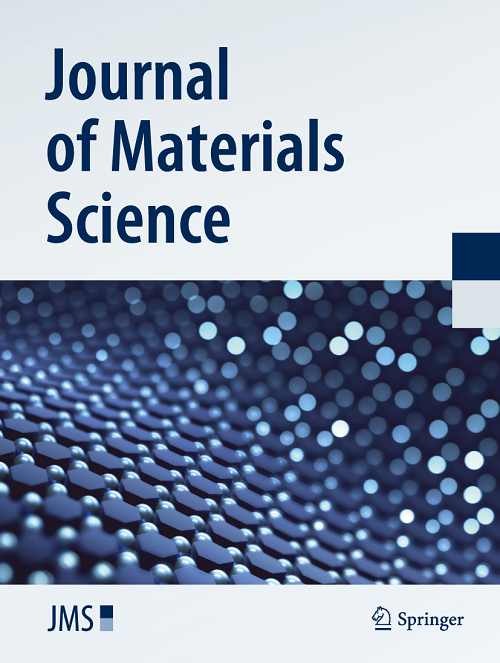Electron transport layer materials of perovskite solar cells
Abstract
Perovskite solar cells (PSCs) have surpassed 26% power conversion efficiency (PCE), yet their commercialization is hindered by challenges in the design and optimization of the electron transport layer (ETL). This review elucidates cutting-edge advancements in electron transport layer materials (ETMs) and their fundamental mechanisms. Atomic defect engineering in metal oxides (e.g., F-doped SnO₂) achieves a record electron mobility 320 cm2 V−1 s−1, whereas 2D nanolayers (e.g., MXenes, BP) empower flexible photovoltaics to reach a PCE of 24.7% with 95% operational stability across 5000 bending cycles. Tandem perovskite-silicon architectures have reached a certified 34.6% efficiency, benefiting from optimized ETL band alignment and reduced optical losses. A novel “dynamic band alignment” theory, experimentally validated through situ characterization and density functional theory (DFT) simulations, reveals real-time Fermi-level shifts at the ETL/perovskite interface, suppressing 90% of nonradiative recombination and reducing voltage loss to 0.35 V. Beyond efficiency, this review explores interface physics such as ion polarization in heterojunctions and highlights sustainable strategies such as bio-derived carbon ETL. This work establishes a roadmap for the commercialization of stable and efficient PSCs.


 求助内容:
求助内容: 应助结果提醒方式:
应助结果提醒方式:


